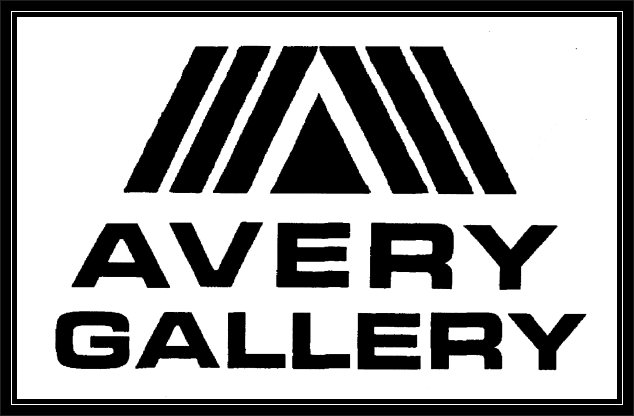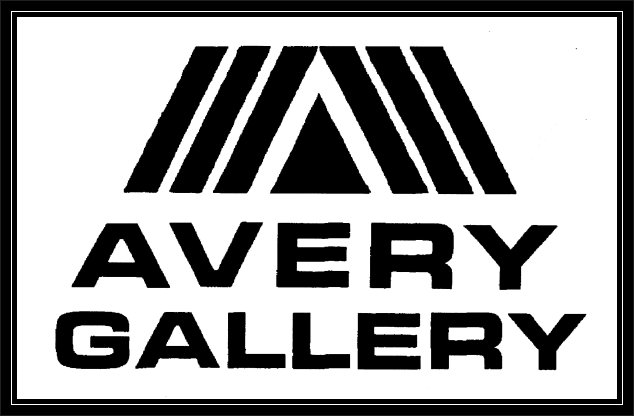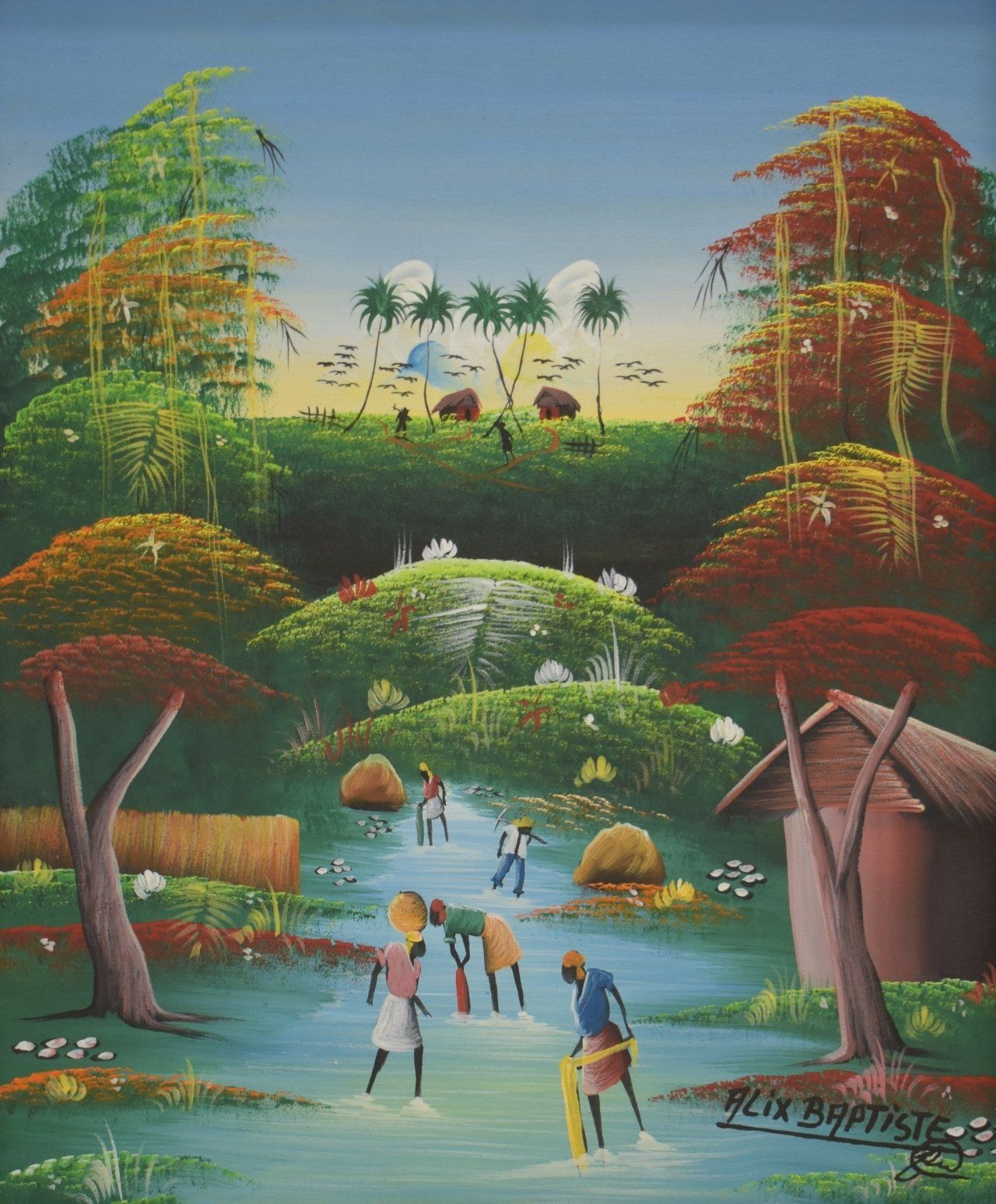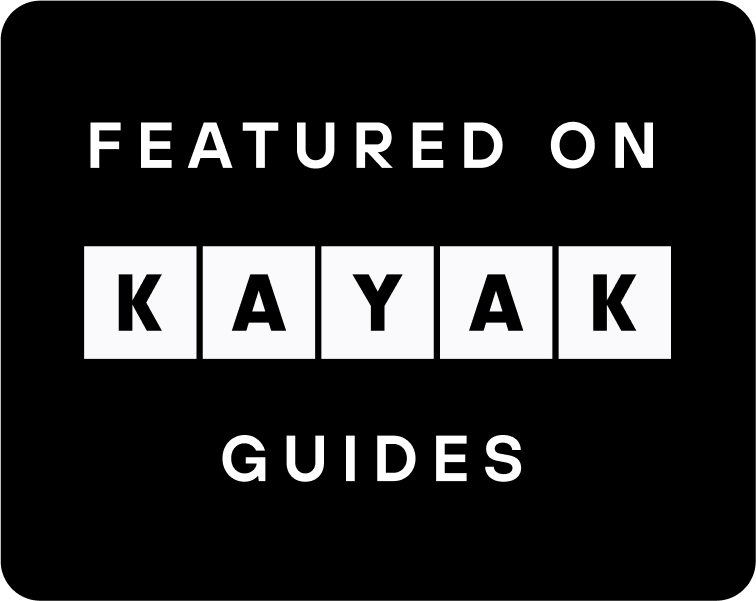Alix Baptiste
Alix Baptiste
(1964 - )
Alix Baptiste (b. 1964), one of nine children of a single mother on a small island in Haiti, supported himself by carting and later boating fruits into the city or to nearby islands for sale. He had little schooling. He would go to the fields and pick mangoes and coconuts to sell. Later he took to sailing to sell produce in nearby islands. In early 1984 at the age of 21, Baptiste embarked on a life-changing trip. “I wanted to be something and make a better of life.” With other poor Haitians (some of whom died of hunger, thirst, and dehydration), he spent fifteen days on the Atlantic. After fifteen days they reached the Turks & Caicos islands. Baptiste then worked for a few years to raise stakes in a shady deal to take three-day passage on a freighter bound for Miami, hiding in the bottom cargo deck of the ship. “Later,” he says, “I got the right papers and became a U. S. citizen, but at first I was an illegal immigrant and had to stay out of sight a lot.” After a bus ride, he surprised his estranged father in Savannah, who took him in.
With little employment options as an illegal immigrant, Baptiste began painting as a street artist and became very successful. As he recalls it, he told his stepmother he could paint as well as the Savannah street artists he saw displaying their works. His stepmother told him, “Alix, if you can paint, your problems are solved.” She bought him $50 worth of paints, brushes and two canvases. “Show me what you can do.” A few days later, Baptiste sold his first two works for $250 each. He then bought more supplies and two weeks later sold ten more pieces. Soon after he opened a studio in the empty City Market. But, in a darker version of his story, he also recalls slow sales during his period as a street artist, a time “when I was starving. I would take anything people would give me.”
Baptiste’s style and subjects are quintessentially Haitian; the bright color suggests the southern style of Haiti. Some of his works (e.g., his crowded village market scenes or seated gossipers at a fruit market) show the influence of Casimir. His best art, however, springs from his imagination, from idyllic landscapes to pattern-driven nonrepresentational depictions of paradise. “You look at my paintings, and you know there’s no place in the world quite like that, really. But you still want to be there. Maybe that’s what they call paradise.”
Baptiste’s work has appeared in a number of national magazines, including Black Enterprise, Ebony, and Upscale. He has been invited to participate in Disneyworld’s Millennium. His work is included in the collection of the actor Robert DeNiro.
[sources: Alixbaptiste.com; Savannahnow.com; Joe Rada, Painting Happy Memories,” Southern Living (Aug 2005): 24-25; Carol Megathlin, “Chance encounter shows power of small choices,” Charlotte Observer 16 Mar 2016]
With little employment options as an illegal immigrant, Baptiste began painting as a street artist and became very successful. As he recalls it, he told his stepmother he could paint as well as the Savannah street artists he saw displaying their works. His stepmother told him, “Alix, if you can paint, your problems are solved.” She bought him $50 worth of paints, brushes and two canvases. “Show me what you can do.” A few days later, Baptiste sold his first two works for $250 each. He then bought more supplies and two weeks later sold ten more pieces. Soon after he opened a studio in the empty City Market. But, in a darker version of his story, he also recalls slow sales during his period as a street artist, a time “when I was starving. I would take anything people would give me.”
Baptiste’s style and subjects are quintessentially Haitian; the bright color suggests the southern style of Haiti. Some of his works (e.g., his crowded village market scenes or seated gossipers at a fruit market) show the influence of Casimir. His best art, however, springs from his imagination, from idyllic landscapes to pattern-driven nonrepresentational depictions of paradise. “You look at my paintings, and you know there’s no place in the world quite like that, really. But you still want to be there. Maybe that’s what they call paradise.”
Baptiste’s work has appeared in a number of national magazines, including Black Enterprise, Ebony, and Upscale. He has been invited to participate in Disneyworld’s Millennium. His work is included in the collection of the actor Robert DeNiro.
[sources: Alixbaptiste.com; Savannahnow.com; Joe Rada, Painting Happy Memories,” Southern Living (Aug 2005): 24-25; Carol Megathlin, “Chance encounter shows power of small choices,” Charlotte Observer 16 Mar 2016]




